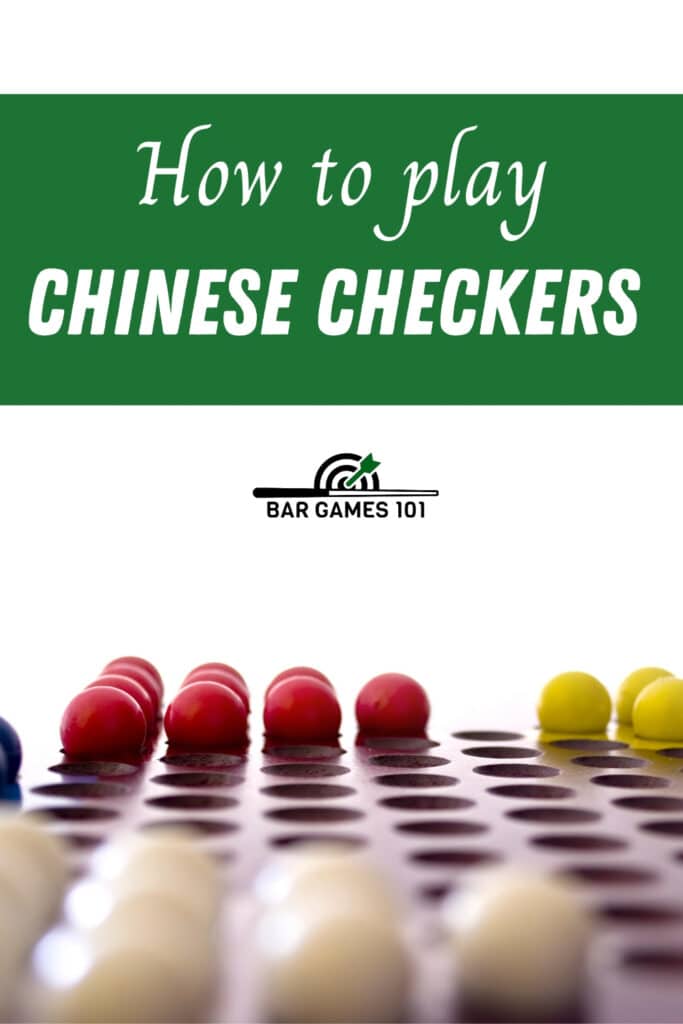


One of them is to use a fake product review generator.

There are several strategies you can use to get false reviews and testimonials for your business. A 1,000 fake testimonials package goes beyond $11,000. Sellers can now buy fake reviews bulk packages that cost close to $1,000 for 50 reviews. This phenomenon has flourished into a real and concerning business itself. According to one case study, around 4.5 million businesses paid for fake reviews on Facebook in a single year. Social media platforms are also widely used when it comes to paid testimonials. Numbers are also high for beauty products, supplements, sneakers. For instance, over 60% of all Amazon reviews of electronics are fake. And you see them anywhere, whether they are Amazon reviews, on social media, Google, and so on.Īnother interesting fact is that most of these fake reviews on Amazon and the like are for popular item categories. They are also used for items that have too many negative reviews, as a way to balance the number.Ĭase studies reveal that almost 40% of all online reviews are fake. In many other cases though, obscure sellers (usually from China) use fake testimonials to increase the star rating of knock-offs items or low-quality products they have a hard time selling. Or maybe they launch a new product that doesn’t have any/enough real reviews and they need to boost its popularity. Small businesses sometimes resort to fake testimonials when they are just getting started and want to advertise their business through any possible means. They are just doing it because someone paid them to do so, despite their personal opinion on the item. Or you can buy fake testimonials from people who will leave positive reviews about your products or services.įake testimonials are those in which someone compliments and recommends a product or service, even though they’ve never tested it, nor do they consider it good. You can make up “testimonials” and publish them as if they were real. Of course, there is another way to go about it. What are fake testimonials? true or false reviews Other tips to spot fake positive reviews.
#Rules to chinese checkers how to

Once a peg reaches an open space in a player's destination triangle, it cannot be moved out of that triangle for the remainder of the game, but it can be moved within the triangle. Each player is trying to move their pegs to the triangle directly across from them on the board. Unlike traditional checkers, hopped pieces are not removed from the board in Chinese checkers. If a player does hop a piece, they may continue to hop pieces as long as there is an empty space on the other side to land on, and they may change directions while hopping if they'd like. Players may also hop a peg and land in an open space on the opposite side, regardless of the color of the peg, as long as they’re moving their piece in a straight line. A peg may be moved to any adjacent space as long as it’s open. Each turn consists of a player moving one peg. Then, everyone flips a coin to see who goes first. To play, each player starts by choosing a colored peg and setting their pieces up in the designated triangle that matches their color. Chinese checkers is a fun board game played with 2, 3, 4, or 6 players where players try to move their 10 pieces, called pegs, across the board to occupy all 10 of the destination holes on the opposite side of the board.


 0 kommentar(er)
0 kommentar(er)
